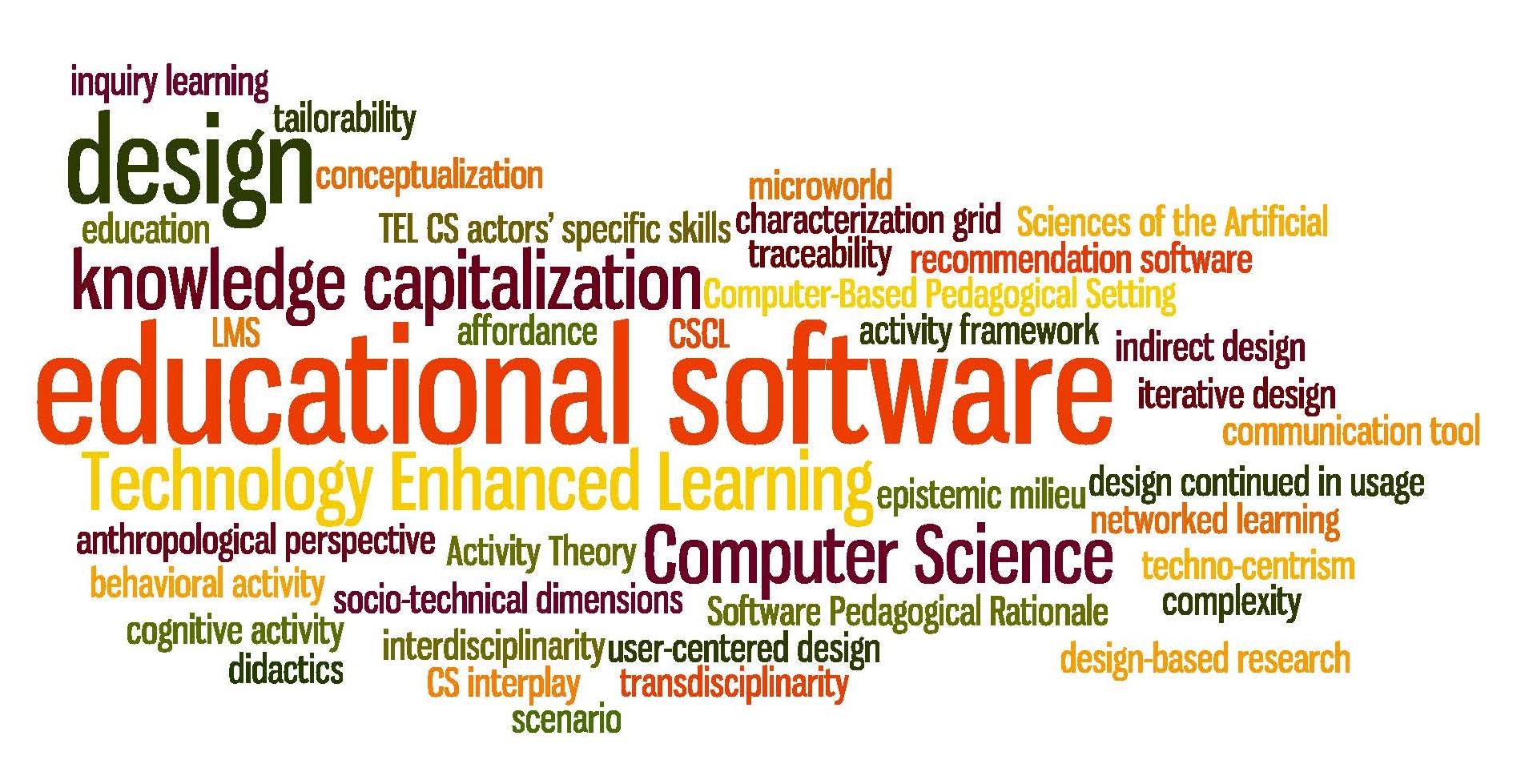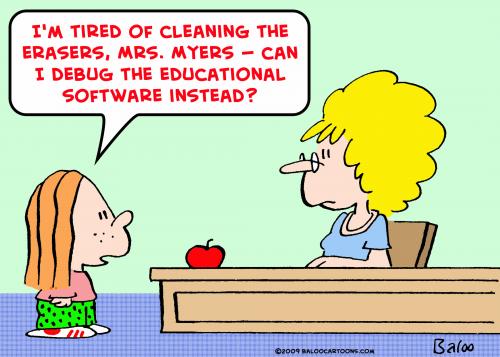What are the benefits of using problem-solving or educational software?
There is obviously reasoning behind problem-solving software and educational software becoming more and more present in our classrooms. One major benefit of using problem-solving software is that it helps students exercise a wide range of skills needed by future employers. Educational games also require students to apply their current knowledge and skills to win the games. This leads to students actually wanting to learn the skill instead of just memorizing it to pass a test. Educational software has various learning benefits to include drill and practice, tutorials, and integrated learning systems. Drill and practice software provides immediate feedback when students are practicing their basic skills. Tutorial software has been shown to increase student learning and create more positive learning attitudes. ILS software is useful because it can be directly aligned to state standards and individual student needs. Research has shown that basic student achievement improves when educational software is used.
How do I choose the correct software?
There are so many choices available for teachers when it comes to selecting software. It is critical that teachers select the best software for their needs and for the needs of the students. Teachers should try to evaluate the software and its usefulness before purchase. When evaluating the software, teachers should consider how and why the students are going to use the software and to achieve which learning objectives. It is recommended that teachers consider the following factors in evaluating software: content accuracy, ease of use, research-based instructional strategies, assessment of learning, and effective in meeting instructional objectives.
Software reviews also exist that can be extremely helpful to teachers when it comes to selecting what software to use in the classroom. The Educational Software Preview Guide (ESPG) has a list of over 1000 software programs that have gotten "favorable" reviews. There are also various websites that post reviews of educational websites. However, it is important that a teacher be careful and selective when choosing which review websites to trust.
Finally, after software us put into place, it is important that the teacher continue to assess it, especially after student use. The results are the most critical aspect in using the software. So it is necessary to monitor and track student's results and improvements with software use.
When I integrate problem-solving or educational software into a lesson, what changes will be needed?
When using the NTeQ model, it should be relatively easy to integrate educational software into a lesson. However, there are six steps of the NTeQ model that need to be further examined when using educational software. The first of these steps is computer functions: the teacher needs to look at the functions of the software being used to see if they match the specified objectives. The three major functions of educational software are providing content, providing practice and feedback, and providing processing tools. The teacher must ensure that the content of the software works to achieve the objectives of the NTeQ lesson plan. The second NTeQ step that needs to be re-examined is research and analysis. The type of research and analysis done depends on the objectives and the software being used. The third NTeQ step that a teacher needs to consider is the results presentation. Results are normally generated by the software. The last three steps of the NTeQ model that a teacher needs to consider when integrating education software into a lesson involve planning computer activities. Overall, teachers need to ensure that they are meaningfully integrating educational and problem-solving software into a lesson. This can mainly be done by "reviewing the content and activities carefully to select the appropriate portions to support intended learning."



No comments:
Post a Comment